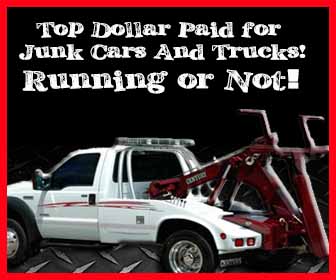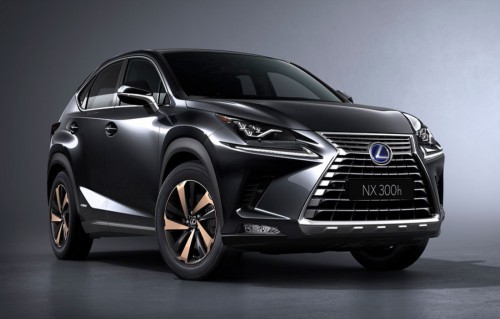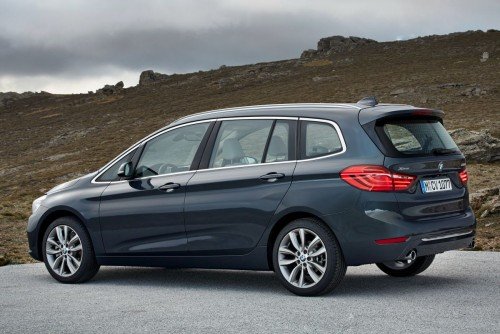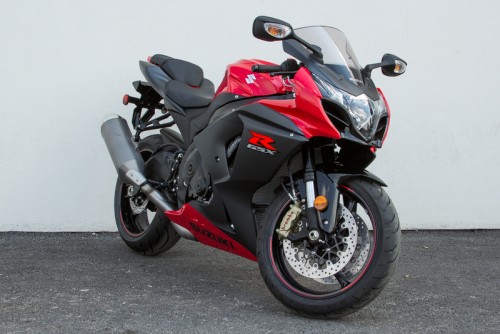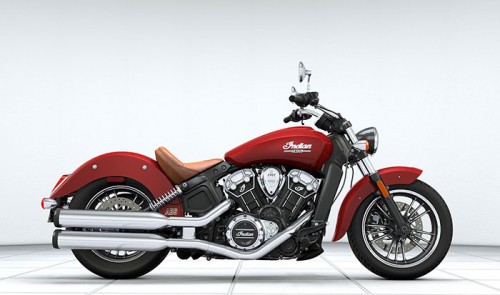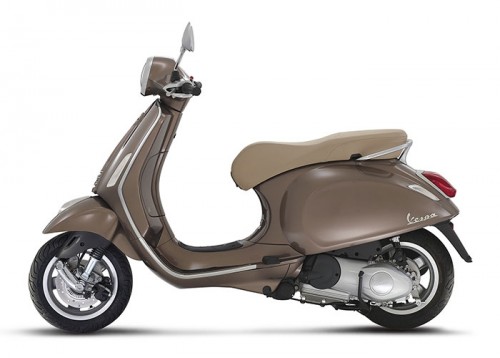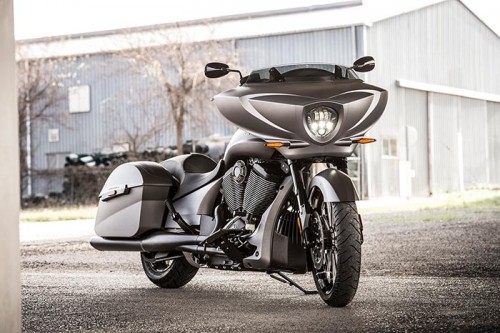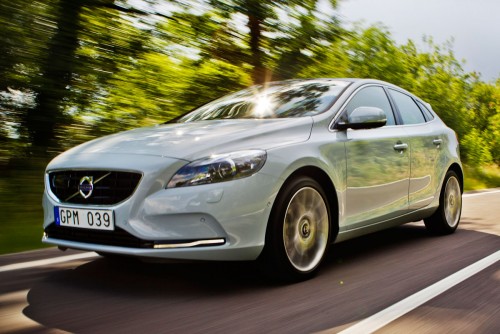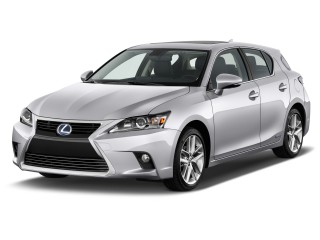About Renault
History
Foundation and early years (1898–1918)
The Renault corporation was founded in 1899 as Société Renault Frères by Louis Renault and his brothers Marcel and Fernand.Louis was a bright, aspiring young engineer who had already designed and built several models before teaming up with his brothers, who had honed their business skills working for their father's textiles firm. While Louis handled design and production, Marcel and Fernand handled company management.
The first Renault car, the Renault Voiturette 1CV was sold to a friend of Louis' father after giving him a test ride on 24 December 1898. The client was so impressed with the way the tiny car ran and how it climbed the streets that he bought it.
In 1903, Renault began to manufacture its own engines in as much as until then it had been purchasing them from De Dion-Bouton. The first major sale was in 1905 to the Société des Automobiles de Place, which bought Renault AG1 cars to establish a fleet of taxis.[14] These vehicles would eventually be used by the French military for transporting troops during World War I which earned them be known as "Taxi de la Marne." By 1907, a significant percentage of the taxis circulating in London and Paris had been built by Renault. Renault also was the most sold foreign marque at New York in 1907 and 1908.In 1908 the company produced 3,575 units, becoming the largest car manufacturer in France.
The brothers recognised the publicity that could be obtained for their vehicles by participation in motor racing and Renault made itself known through achieving instant success in the first city-to-city races held in Switzerland resulting in rapid expansion for the company. Both Louis and Marcel Renault raced company vehicles, but Marcel was killed in an accident during the 1903 Paris-Madrid race.Although Louis Renault never raced again, his company remained very involved, including Ferenc Szisz winning the first Grand Prix motor racing event in a Renault AK 90CV in 1906. Louis was to take full control of the company as the only remaining brother in 1906 when Fernand retired for health reasons. Fernand died in 1909 and Louis became the sole owner, renaming the company Société des Automobiles Renault (Renault Automobile Company).
Between the world wars (1919–1938)
Louis Renault enlarged the scope of his company after 1918, producing agricultural and industrial machinery. A number of the new products emerged from war developments. The first Renault's tractor, the Type GP produced between 1919 and 1930, was based on the FT tank. However, Renault struggled to compete with the increasingly popular small, affordable "people's cars", while problems with the stock market and the workforce also adversely affected the company's growth. Renault also had to find a way to distribute its vehicles more efficiently. In 1920, he signed one of its first distribution contracts with Gustave Gueudet, an entrepreneur from northern France.
World War II and aftermath (1939–1944)
After the French capitulation in 1940, Louis Renault refused to produce tanks for Nazi Germany, which took control of his factories. He produced lorries for the German occupiers instead. On 3 March 1942, the RAF launched 235 low-level bombers at the Billancourt plant, the largest number of aircraft aimed at a single target during the war.460 tons of bombs were dropped on the plant and the surrounding area, causing extensive damage to the plant along with heavy civilian casualties.Renault resolved to rebuild the factory as quickly as possible, but a further heavy bombardment a year later, on 4 April, this time delivered by the Americans, caused further damage, as did subsequent allied bombardments on 3 and 15 September 1943.
A few weeks after the Liberation of Paris, at the start of September 1944, the factory gates at Renault’s Billancourt plant reopened.Operations restarted only very slowly, in an atmosphere poisoned by plotting and political conspiracy, undertaken in the name of popular justice. Back in 1936 the Billancourt factory had been at the heart of violent political and industrial unrest that had surfaced in France under Leon Blum’s Popular Front government: although the political jostling and violence that followed the liberation was ostensibly a backlash from the rivalries between capitalist collaboration and communist resistance, many of the scores being settled actually predated the German invasion. Responding to the chaotic situation at Renault, on 27 September 1944 a meeting of the Council of (the provisional government's) Ministers took place under de Gaulle’s presidency. Postwar European politics had quickly become polarised between communists and anti-communists, and in France De Gaulle was keen to resist Communist Party attempts to monopolise the political dividends available to resistance heroes: politically Billancourt was a communist stronghold. The government decided to "requisition" the Renault factories. A week later, on 4 October Pierre Lefaucheux, a resistance leader with a background in engineering and top-level management, was appointed provisional administrator of the firm, assuming his responsibilities at once.
Postwar resurgence (1945–1971)
Under the leadership of Pierre Lefaucheux, Renault experienced both a commercial resurgence as well as labor unrest – that was ultimately to continue into the 1980s.
In secrecy during the war, Louis Renault had developed the rear engine 4CV which was subsequently launched under Lefacheux in 1946. Renault debuted its flagship model, the largely conventional 2-litre 4-cylinder Renault Frégate (1951–1960), shortly thereafter. The 4CV proved itself a capable rival for cars such as the Morris Minor and Volkswagen Beetle; its sales of more than half a million ensured its production until 1961.
After the success of the 4CV, Lefacheux continued to defy the postwar French Ministry of Industrial Production, which had wanted to convert Renault solely to truck manufacture, by directing the development of its successor. He oversaw the prototyping of the Dauphine (until his death) – enlisting the help of artist Paule Marrot in pioneering the company's textile and color division.
The Dauphine sold extremely well as the company expanded production and sales further abroad, including Africa and North America. The Dauphine sold well initially in the US, where it subsequently became outdated against increased competition, including from the country's nascent domestic compacts such as the Chevrolet Corvair.
Postwar resurgence (1945–1971)
Under the leadership of Pierre Lefaucheux, Renault experienced both a commercial resurgence as well as labor unrest – that was ultimately to continue into the 1980s.
In secrecy during the war, Louis Renault had developed the rear engine 4CV which was subsequently launched under Lefacheux in 1946. Renault debuted its flagship model, the largely conventional 2-litre 4-cylinder Renault Frégate (1951–1960), shortly thereafter. The 4CV proved itself a capable rival for cars such as the Morris Minor and Volkswagen Beetle; its sales of more than half a million ensured its production until 1961.
After the success of the 4CV, Lefacheux continued to defy the postwar French Ministry of Industrial Production, which had wanted to convert Renault solely to truck manufacture, by directing the development of its successor. He oversaw the prototyping of the Dauphine (until his death) – enlisting the help of artist Paule Marrot in pioneering the company's textile and color division.
The Dauphine sold extremely well as the company expanded production and sales further abroad, including Africa and North America. The Dauphine sold well initially in the US, where it subsequently became outdated against increased competition, including from the country's nascent domestic compacts such as the Chevrolet Corvair.Corporate governance
The government of France owns 15.7 per cent of the company. The company is administered by a board of directors composed of 19 members (10 of them being independent). As of April 2010, members of the board of directors include:
Carlos Ghosn, Chairman and chief executive officer (and also Director of Alcoa, AvtoVAZ; President and chief executive officer of Nissan Motor Co., Ltd.; and Chairman of the Alliance Board: Renault-Nissan b.v.)
- Yves Audvard
- Patrick Biau
- Alexis Kohler, Director appointed by the French State
- Marc Ladreit de Lacharrière
- Philippe Lagayette
- Franck Riboud
- Luc Rousseau, Director appointed by the French State
- Hiroto Saikawa Executive Vice President Purchasing of Nissan
- Pascale Sourisse
Carlos Tavares is the company's chief operating officer and Thierry Moulonguet is chief financial officer. Louis Schweitzer was Chairman and CEO from 1992 to 2005, in succession to Raymond Lévy.




 Home
Home






